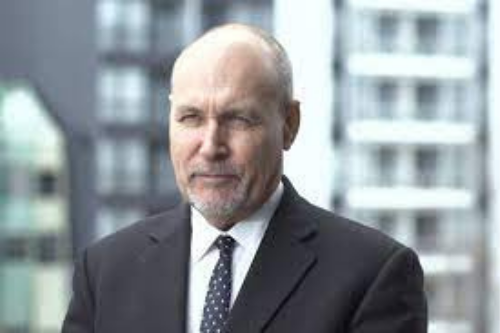

As America’s market picks up and many begin to predict that interest rates will rise in the near future, so many have called the current growth a bubble, based on speculation and little more.
Michael Burry, one of the few who predicted the Global Financial Crisis and who was later immortalised in the film The Big Short, is one of these people, tweeting on Tuesday that: “People always ask me what is going on in the markets. It is simple. Greatest Speculative Bubble of All Time in All Things. By two orders of magnitude. #FlyingPigs360”
Housing is just one part of the bubble, along with cryptocurrencies, but one that has spooked more than a few in the Australian market. After all, when Burry makes predictions, plenty listen.
While Australia’s property market is outstripping that of the United States, they have also seen huge growth as well, with the S&P/Case-Shiller U.S. National Home Price Index showing an explosion since the pandemic began.
With that in mind, Australian Broker spoke to Andrew Wilson, economist at Archistar, to get a read on what Burry has been saying, the current state of US interest rates and what they might mean for the housing market here in Australia.
“For me, it smacks of desperation, this talking up of the recent US inflation data from those that are hoping for more cheap headlines around the prospect of higher interest rates,” said Wilson.
“Now, clearly, we’re always going to see higher inflation rates as economies – not just the US, but also Australia – adjust upwards from what was a flat period of prices growth as a result of COVID lockdowns. The next two quarters in Australia will also see this.”
“We know that inflationary pressures traditionally lead to higher interest rates, but we’ve got a long way to go to reach to the level of inflation that we had historically, which was 10 years ago, the last time interest rates were increased, when inflation was running above the 2/3% band that the Reserve says is their target range.”
“The US had an increase in inflation that was slightly higher than was expected. The headline rate was high, but that’s because of it coming from a period of low prices. The Fed has said that it’s thinking is now that, perhaps from the 2024 prospect of higher rates, they might shift to 2023. But they’ve quite clearly said that there’s no solid foundation for that speculation other than higher inflation than was expected.”
The cash rate, or central interest rate in the United States, are only half the story: bonds are also vital.
“The other point from their meeting was that they were going to continue with their bond purchasing,” said Andrew Wilson. “They, like Australia and other advanced economies, have been undertaking a significant purchasing of government bonds.”
“They indicated that there was no prospect of them tapering their bond purchases that are about $US120 billion per month. For there to be a chance of official rates rising, we would have to see a long-term easing of bond purchasing, which would be the first signal of a real policy other than airy speculation.”
“The tea leaves were slightly in favour of a interest rate increase ahead of 2024, but it’s certainly highly speculative and has no concrete foundation in terms of policy settings. In terms of the never-ending speculation regarding the asset bubble – which includes house prices – I think that will be finally put to bed over the next 12 to 18 months when we see an easing of house prices, particularly in Australia.”
“With no prospect of an increase in interest rates in real policy settings, markets will ease rather than deflate sharply, as was the speculation from the bubble-ites.”
